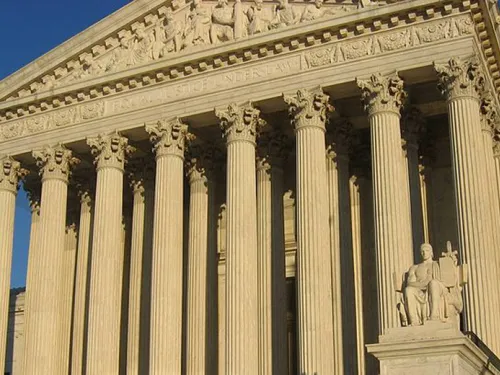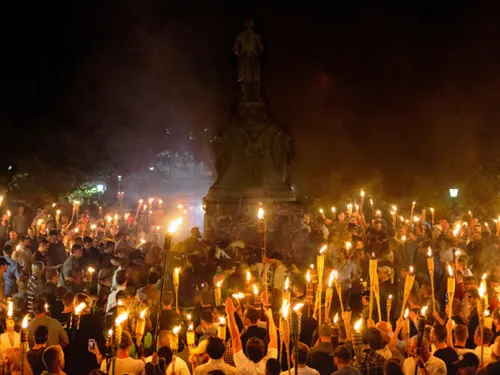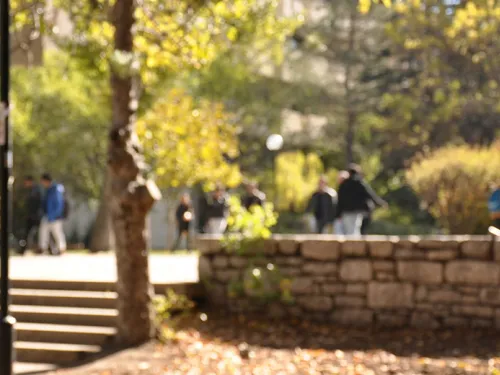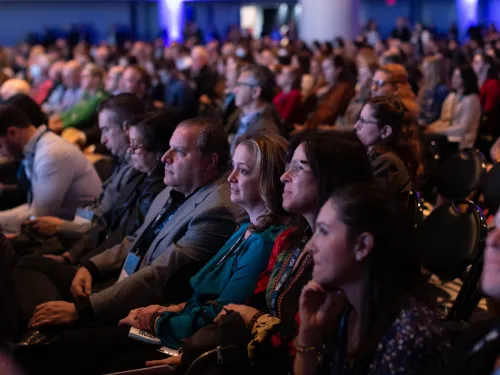by: Marilyn Mayo
June 24, 2016
The recent attack on the lesbian, gay, bisexual and transgender (LGBT) community in Orlando that left 49 dead and more than 50 wounded is yet another example of law enforcement standing in the line of fire in the fight against domestic extremism.
From 2009 to the present, at least 64 members of law enforcement have been shot by domestic extremists--including anti-government extremists, white supremacists, domestic Muslim extremists and others. Eighteen of those shootings were fatal. Additional officers might have lost their lives had they not been wearing protective vests or, as in the case of the Orlando attack, a Kevlar helmet.
Since January 2009, ADL has tracked 68 separate incidents (including seven so far this year) in which shots have been fired between domestic extremists and law enforcement in the United States. These incidents include situations in which shots were exchanged between police and extremists (shootouts), situations in which extremists have fired at police but police subdued the extremists without having to return fire, and situations in which officers had to use their firearms to protect themselves against extremists.
The motivations that led the extremists to violence during these encounters vary. Many were simply trying to escape after police officers caught them engaged in criminal behavior unrelated to their extremist ideology. For others the encounter with police became the catalyst for violent ideological action. In some cases, violence escalated to a “last stand” situation in which the extremist(s) had to have known their actions would likely result in their own deaths. The most disturbing incidents, however, are those (like the Orlando attack) in which the encounter occurred as police responded to and confronted extremists who were in the midst of a directed and planned attack.
Fifteen (22%) of the 68 extremist encounters with law enforcement were the result of direct attacks by the extremists. In other words, these encounters started purely due to the extremist’s ideology. In six of those cases, the extremist(s) conducted planned attacks on civilians--including the LGBT community in Florida, a Sikh temple in Wisconsin, a Planned Parenthood clinic in Colorado, and employees of the Transportation Security Administration at the Los Angeles airport. In seven cases, the initial attack was directed at law enforcement, and resulted in the assassinations of three officers. In January of this year, an additional officer miraculously survived an assassination attempt in Philadelphia. In the remaining two cases, extremists attacked members of the U.S. military.
Since 2009, officers have encountered domestic extremists in 28 different states. Several states have experienced multiple incidents. Texas law enforcement has endured 10 of the 68 encounters (nearly 15%). In four of the Texas cases, the extremist(s) were linked to the Aryan Brotherhood of Texas or the Aryan Circle, demonstrating the state’s particular problem with large white supremacist prison gangs. In fact, members of racist prison gangs were involved in three of the seven shooting incidents which have already occurred this year—including encounters in Texas, Alabama and Colorado.
Florida has withstood the second highest number of incidents, reaching eight encounters with the addition of the Orlando attack. Colorado officials have faced five incidents, and suffered through the loss of Colorado Springs Officer Garrett Swasey. Swasey, the most recent law enforcement casualty at the hand of domestic extremists, died in the line of duty during a mass shooting by an anti-abortion extremist in November 2015 at a Planned Parenthood clinic.
Unfortunately ideological extremists continue to add to the dangers faced by law enforcement. An untold number of lives were saved due to the efforts of the law enforcement officers who confronted the 76 extremists involved in these 68 incidents. These officers put themselves into dangerous situations in order to protect and serve the communities in which they live.









